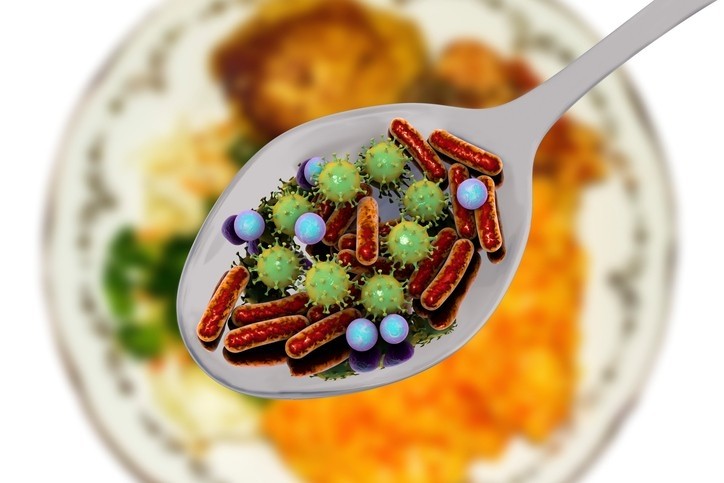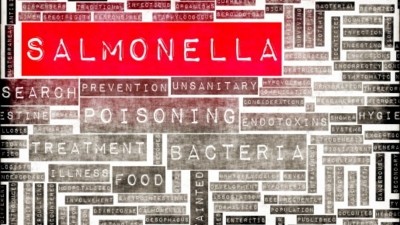Super-fast salmonella testing: Australian breakthrough could benefit food industry and public health monitoring

The new tests can detect DNA in as little as eight minutes – and work at a constant temperature – unlike other methods that require specialised equipment for temperature cycling.
The scientists say their tests could have the potential to help public health laboratories and industry curb the spread of Salmonella outbreaks in the future.
The research, published in The Journal of Molecular Diagnostics, claims to overcome the expensive and laborious traditional bacteria culture method and paves the way for fast-track testing directly from specimens.
Senior author Professor Ruiting Lan, of the UNSW Sydney School of Biotechnology and Biomolecular Sciences, said the new tests could play a critical role in quickly and accurately tracing the origin of future Salmonella infections.
“Salmonella, whether it’s in a clinical or food sample – even in faecal matter – may exist in minute amounts and requires highly sensitive methods to detect.
“Our enhanced Multiple Cross Displacement Amplification (MCDA) method can detect tiny amounts of DNA rapidly and at a constant temperature, which makes it an excellent fit for a simple, rapid and sensitive bacterial detection test.
“It’s a clear improvement upon the existing MCDA test for Salmonella that does not distinguish between different subtypes of Salmonella.”
Common Salmonella subtypes
In 2017, more than 16,000 cases of Salmonella poisoning were reported in Australia – a 30 per cent increase on the previous 10-year average – while the rate is estimated at 185 cases per 100,000 people, per year.
Five Salmonella subtypes, known as serotypes, caused more than 85 per cent of the infections in 2017.
First author Xiaomei Zhang, UNSW Science PhD candidate, said: “Thousands of Salmonella serotypes exist, but we developed and evaluated seven MCDA tests for the rapid detection and differentiation of the five most common Salmonella serotypes in Australia: S. Typhimurium, S. Enteritidis, S. Virchow, S. Saintpaul and S. Infantis.
“It’s important to be able to detect the different serotypes because some are more likely to be associated with local infections while others are more likely to be associated with imported cases.
“In addition, at least two of these serotypes – S. Typhimurium and S. Enteritidis – are also the most prevalent Salmonella serotypes throughout the world. So, our research is applicable to other regions and countries.
“Another advantage is the fact that our tests does not require specialised detection equipment, thereby simplifying future application in clinical or industrial settings.”
Future-proofed testing
Prof Lan said the new DNA tests developed in the study were unique because the gene markers used were selected from analysing thousands of Salmonella genomes.
He added the team looked forward to continuing their research through field testing.
“The performance of the MCDA tests warrants further validation – so, more work needs to be done,” he said.
“The test has been developed using pure cultures. It will need to be validated using samples in health, environment and food industry settings.
“It’s difficult to know when our tests would become available, but they are part of the global trend towards culture-independent diagnostic tests which can identify the bacteria causing a foodborne illness without the need to culture the bacteria in a lab.
“Down the track, our tests could be used in clinical diagnosis in determining the common serotypes that cause Salmonella disease, to analyse trends of serotypes for public health surveillance, and they could also have application in the food industry.”





















